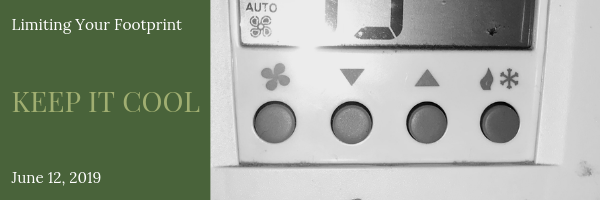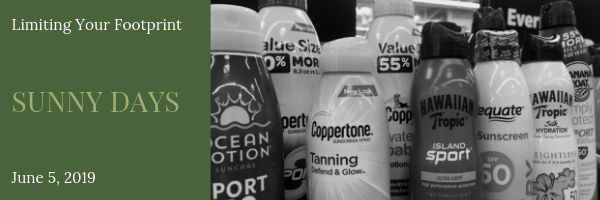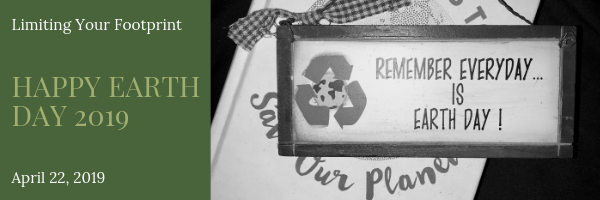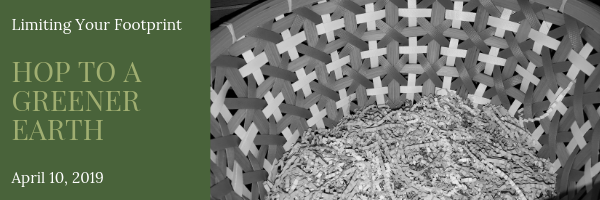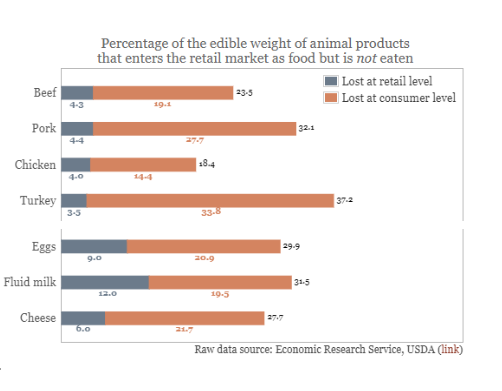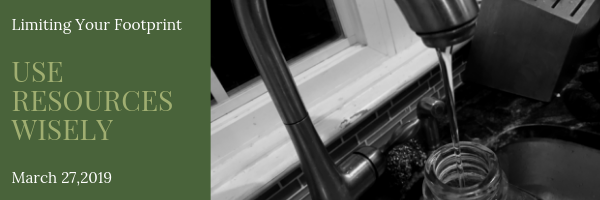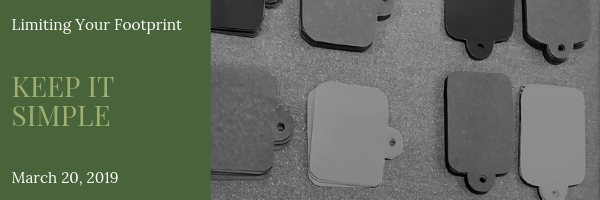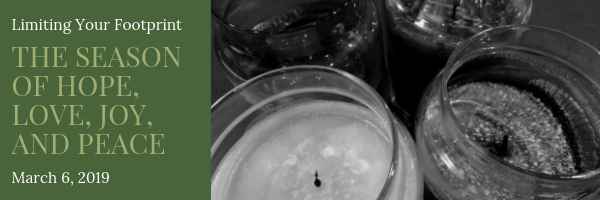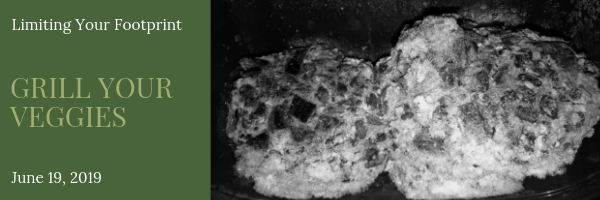
Summer is a time for cookouts and hosting guests outdoors. Your goal should be to keep your parties eco friendly. The main goals should be: eliminate plastic, don’t waste food, and eat plant based. In past posts, specifically Choose Glass from August 22nd, 2018 Give Thanks to Your Planet from November 14th, 2018 and Raise Less, Waste Less from April 8th, 2019, I had talked about the direct impacts of each of these issues and how exactly they are affecting our environment. Please refer back to those to refresh your memory and then read along here for a few tips and tricks and a recipe to test out for your next cookout.
Eliminate Plastic: Eliminating plastic and all single use products is simple but not convenient. Single use products are so normal that people don’t see it as a result of laziness, but it is. They are purchased for the ease of serving and being done but does running the dishwasher a few times and throwing in a load of laundry take that much out of your day? Next time it’s your turn to host, make an effort to make a difference. If you do, your guests will notice and maybe ask questions, and you too can inspire others to limit their footprint.
Don’t Waste Food: Wasting food is far too common. In this first world country, it can be difficult to see the value in leftovers but in certain areas, even in the United States, where food is scarce, people have a very different view. Two simple solutions are: 1. get a headcount. This will help you prepare for who you have and 2. wrap up the leftovers to prevent them from being wasted.
Eat Plant Based: Eating plant based is becoming crucial to the maintenance of our earth and the slowing down of global warming. It can be a really tough transition for many families but it has been done and can be done. Why not start with one little backyard barbecue? Some of your comfort foods can remain but many have to be altered. Your next plant based cookout menu is just a google away but here is one of my favorite plant based burger recipes:
Sweet Potato and Black Bean Burgers (yields approx. 8 burgers)
Ingredients:
- 1.5 lbs sweet potato
- 0.33 c uncooked quinoa
- 1 c oats
- 1 c uncooked black beans (The blacks beans will have to soak the night before)
- 0.5 red onion
- 2 tsp cumin, 1 tsp chili powder, 1 tsp paprika, 0.5 tsp cayenne, 0.5 tsp salt
- Roast the Sweet Potatoes: Halve the sweet potatoes and roast at 400F until soft
- Cook the Black Beans: Cover the black beans with water and bring to a boil. Then cover and cook on low heat until soft. Making sure there is always water in the pot.
- Cook the Quinoa: Bring 0.33 c quinoa and 1 c water to a boil. Then cover and cook on loft heat until water is absorbed.
- Blend or grind the oats to break up the flakes – not as fine as flour
- Mix everything together
- Shape the burgers
- For cooking – the patties will hold together better if refrigerated or even frozen before cooking
Many times this blog talks about a small step in the right direction but serving one cookout completely free of single use products, animal products, and food waste is a huge step in the right direction. Limit your footprint with one impactful day and you will definitely see the difference in your dumpster that week.
